
A CLUSTER OF HISTORY IN EASY WALKING DISTANCE
[caption id="ADaytoVisitWorcester_Feature" align="aligncenter" width="1024"]

BRITAINONVIEW
ROYAL WORCESTER PORCELAIN, Lea & Perrins Worcestershire Sauce, the Three Choirs Festival and Edward Elgar spring to mind at the mention of Worcester. Add to the list favorites such as horse racing, rugby and cricket played on a riverside ground with a cathedral as chief spectator. Recently, in summer 2007, when floods in the region burst the banks of rivers like the Severn, a fleeting image of fish stranded on the racecourse also flip-flopped into the public mind. Volunteers took along their buckets, returned the surprise guests to the river, and life went on.
Behind the popular user-friendly labels, Worcester is a richly historic, immensely enjoyable city to visit. It’s both administrative center and heart of a county (Worcestershire) whose vast plain sits in the middle of England. Hilly ranges like the Malverns, the rural Vale of Evesham and Wyre Forest are near neighbors.
The River Severn first attracted Iron Age settlement here, then a Roman trading post. Norman conquerors built protective walls and Oliver Cromwell knocked most of them down. At a river crossing point and on the way to the England-Wales border, Worcester was destined for commerce or conflict. In the Middle Ages, war and gloving were the major industries, and by the prosperous Victorian era all sorts of businesses thrived: breweries, engineering, potters, porcelain, foundries, boot and shoemakers, vinegar and sauce.
[caption id="ADaytoVisitWorcester_img1" align="aligncenter" width="908"]

COURTESY OF WORCESTERSHIRE COUNTY COUNCIL
Today, where trades have dwindled, retail and tourism boost the coffers; leisure trippers on the Worcester to Birmingham Canal replace cargoes for export. Workaday bustle (resident population about 94,000) trots along beside streets featuring timbered Tudor and refined Georgian buildings. Folk shop in little old malls like Reindeer Court or modern developments such as the CrownGate Centre.
The core of Worcester is compact, semi-pedestrianized and host to a cluster of fascinating venues within walking distance of one another. A good place to start is the 202-foot-towered cathedral, where I met cathedral guide Leighton Davies. Begun in 1084, the edifice has plenty of architectural highlights: an original 11th-century crypt, a unique circular chapter house from the early 12th century and medieval cloisters. The whole grand 425-foot sweep of the church takes in Norman, Early English, Decorated and Perpendicular styles.
But the way Davies tells it, the way it should be told, the cathedral story is all about people. This year celebrates the 1,000th anniversary of the birth of St. Wulfstan (c. 1008-1095), Bishop of Worcester from 1062 and founding builder of the present cathedral. A suitably eerie wind whispers through his crypt as we look around.
THE CATHEDRAL HAS 165 monuments, among them the royal tombs of King John and Prince Arthur. John’s tomb, before the high altar, bears England’s earliest royal effigy—nobly bearded and about 5-feet-6 inches tall. He long venerated Wulfstan and on his deathbed in 1216 added a codicil to his will requesting burial in Worcester. The codicil is still in the cathedral library, which contains a large collection of world-important medieval books and music.
Other special local people are recalled in splendid stained glass: Sir Charles Hastings, who founded the British Medical Association in 1832; “Woodbine Willie,” the Worcester priest who comforted World War I soldiers with Bible in one hand and Woodbine cigarettes in the other. And there’s Edward Elgar, the son of a Worcester piano tuner, who revitalized modern British musical composition. The celebrated Three Choirs Festival, which he so enthusiastically supported (British Heritage, September 2007), is being held in Worcester this year, August 2-9.
Just along the road, The Commandery is an amazing half-timbered building, a warren of 50-60 rooms (34 open to the public) that meander from medieval times into the Victorian era. Duty officer Daniel Stirland helpfully points me to the two “jewels”: the Great Hall, c. 1480, all wooden beams and minstrels’ gallery; and the Painted Chamber, where pictures of saints associated with medicine cover the walls. “During the Reformation, they were whitewashed over because they were Catholic images,” Stirland says. “Ironically, it preserved them!”
During its complex history the Commandery site has functioned as a hospital, military headquarters, factory, college, family home and more. Audio tours guide you through six chosen periods, the most interesting for me: the Battle of Worcester in 1651, the end point in the English Civil War.
THE NINE-YEAR STRUGGLE effectively started and finished in Worcester—with a skirmish between Royalists and Parliamentarians at Powick Bridge in 1642 and the Battle of Worcester on September 3, 1651, when the Roundheads routed the Cavaliers. The “Faithful City” supported King Charles II, with The Commandery a Royalist headquarters under the control of William, Second Duke of Hamilton. The latter was mortally wounded in the fight.
“Out of respect, Cromwell offered to send his own surgeons to help, but Hamilton refused,” Stirland says. “Cromwell was so annoyed that he wouldn’t let Hamilton’s body be returned to Scotland. It’s buried in the cathedral.” Among related artifacts, a print of a poignant letter that Hamilton wrote to his wife on his deathbed neatly contrasts with the impassive death mask of Cromwell, who outlived him by seven years.
From conflict to commerce: a few steps away on Severn Street, Royal Worcester invites a leisurely browse. I latched onto tour guide Sibyl for a look through the visitor center, which reveals how Dr. John Wall and his partners, having found the perfect recipe for soft paste porcelain, formed the first Worcester Porcelain Manufactory in 1751. Every monarch since George III has granted a royal warrant.
‘THE 18TH-CENTURY GUILDHALL IS OPEN TO VISITORS, AND IF THE MAYOR IS THERE, HE’LL LIKELY SAY HELLO’
Exhibits explain just how Royal Worcester is made and highlight the development of styles—these days casual oven-to-tableware is produced alongside the world-famous prestige dining sets and figurines. Sadly perhaps, for economic reasons, partners elsewhere around Britain and the world carry out most production. But you do get to meet on-site artists working on the renowned, translucent painted fruit designs. Downstairs, Royal Worcester’s bestware, clearance and seconds shops are, of course, supremely tempting.
I was intrigued by the adjacent Worcester Porcelain Museum, too, its displays enhanced by an entertaining audio tour, period room settings and fascinating facts trail.
Just one of countless treasures is George III’s 1807 tea service, featuring saucers with solid gold undersides just to show off—he always tipped the royal tea into saucers to slurp rather than use a cup.
There are many decent places to eat in Worcester, historic pubs and a plethora of cozy teashops. I had a treat at The Glass house, just a few doors away from The Commandery. The two-course Express Lunch (mine: scrumptious curried cauliflower soup, and risotto of butternut squash, wild mushrooms and parmesan) provides a top-notch interlude.
Later on, I also had afternoon tea with Worcester’s mayor, Stephen Inman, at his base at the Guildhall on the High Street (he’d heard British Heritage was in town). The 18th-century Guildhall is open to visitors and, if the mayor is there, he’ll likely say hello. It’s now the council’s meeting place and also houses the Visitor Information Centre. The Assembly Room, with fabulous Italianate ceiling and portraits of royalty (ever the Faithful City), serves refreshments.
Mayor’s officer Stephen Baker took me downstairs to see the tiny cells from the days the courts were held here. “Felons got a long holiday in the Antipodes or death the same day,” he says and he’s hardly joking. A list of criminals punished by execution include, alongside murderers, a horse stealer and a fellow who set fire to a hayrick.
BACK UPSTAIRS IN THE mayor’s parlor, Inman shows me a selection of treasures: the city’s first charter complete with seal from 1189, the mayor’s 17th-century sword of state, 18th-century maces and his 19th-century gold chain of office. I leave him jocularly trying to “cut a deal for the return of our colonies” with an American tourist who has happened by.
Other recommendations for a day exploring Worcester include the City Art Gallery and Museum for its evocative Worcestershire Soldier exhibition on the county’s regiments. Visit The Greyfriars, a 15th-century timber-framed merchant’s house, for its panelled interiors and unusual collections, and the Tudor House for 500 years of local life. Both the latter are on Friar Street, which offers a beguiling confection of medieval and Tudor buildings.
If you’ve time, it’s also worth hooking up with a tour guide from Worcester Walks who can point out all those quirky did-you-knows as well as the city’s main themes. Accompanied by Miriam Harvey, I followed in the steps of retreating Cavaliers to the house where a defeated Charles II hid; discovered why it’s claimed Shakespeare may have married in Worcester; found out the origins of Lea & Perrins’ spicy sauce (the factory is closed to visitors, to protect the recipe); and heard how a naughty cleric gave his name to the city’s oldest pub, 15th-century The Cardinal’s Hat.
[caption id="ADaytoVisitWorcester_img2" align="aligncenter" width="707"]
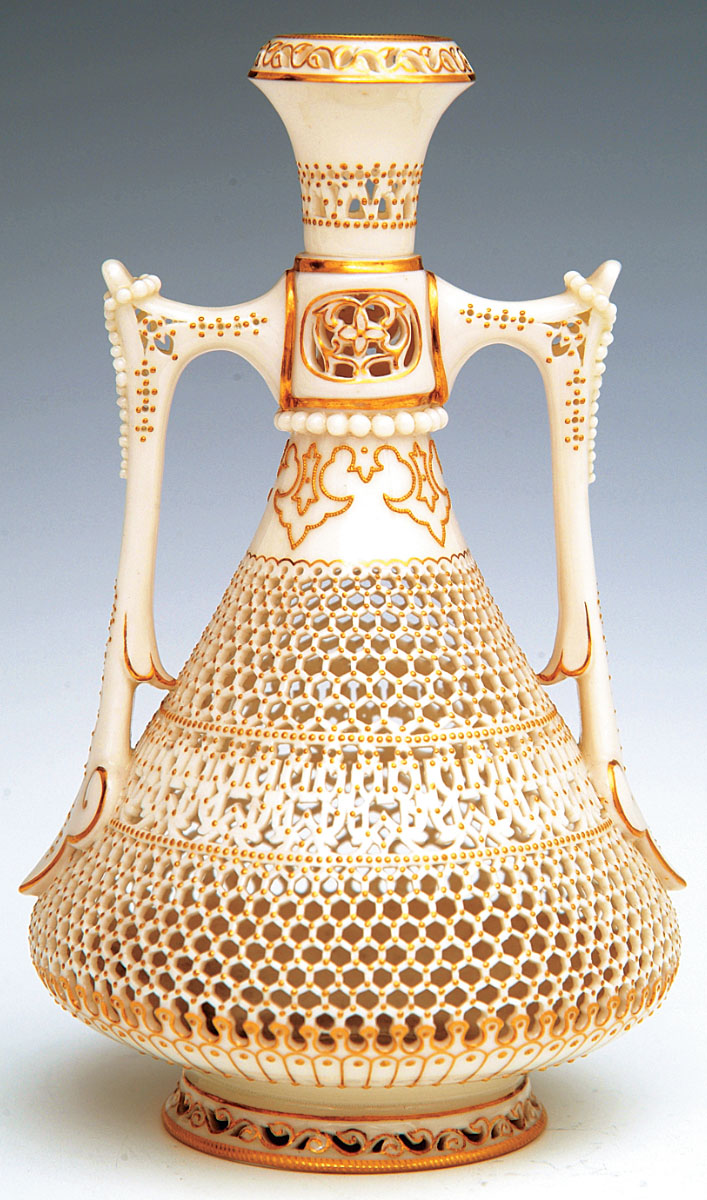
MUSEUM OF WORCESTER PORCELAIN
[caption id="ADaytoVisitWorcester_img3" align="aligncenter" width="678"]
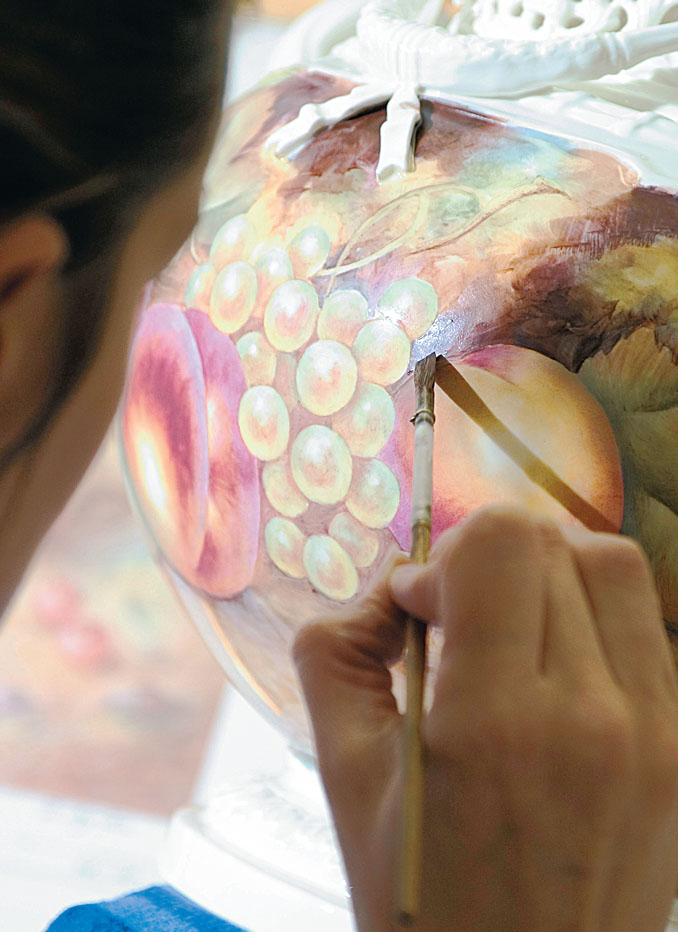
BRITAINONVIEW
[caption id="ADaytoVisitWorcester_img4" align="aligncenter" width="705"]
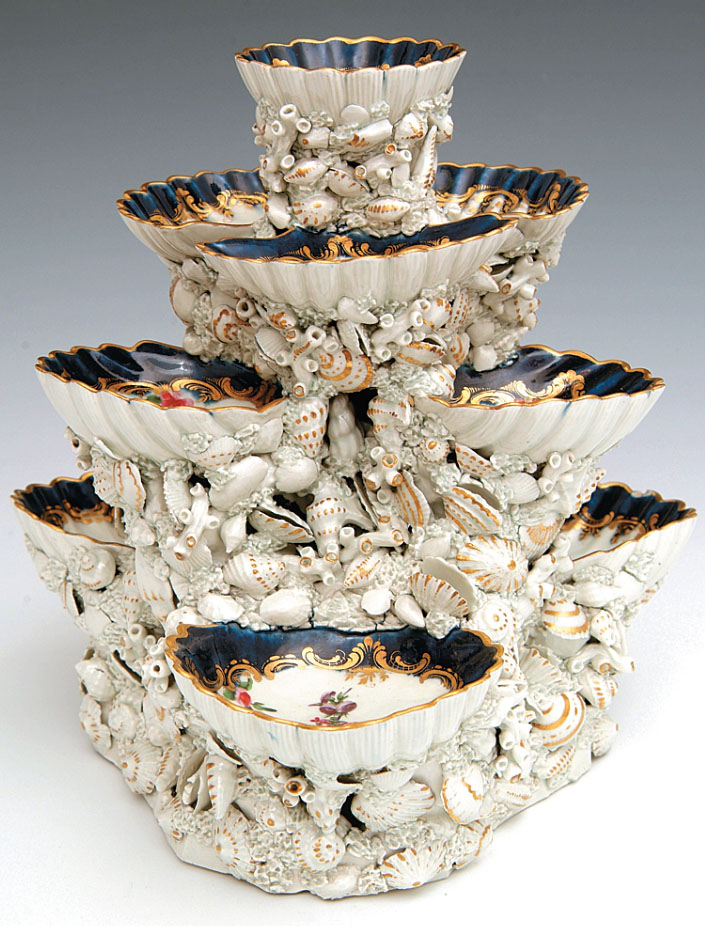
MUSEUM OF WORCESTER PORCELAIN
[caption id="ADaytoVisitWorcester_img5" align="aligncenter" width="1024"]

MUSEUM OF WORCESTER PORCELAIN
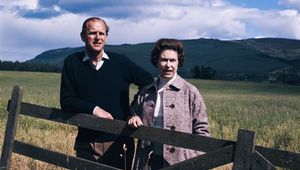


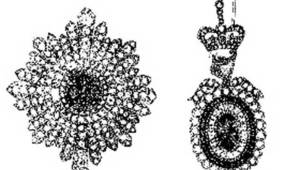


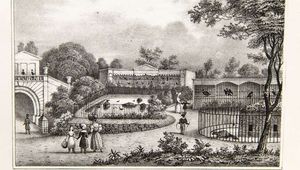
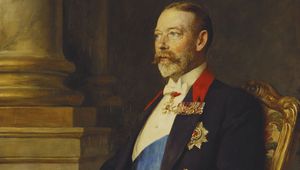
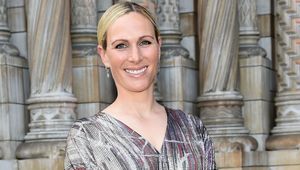
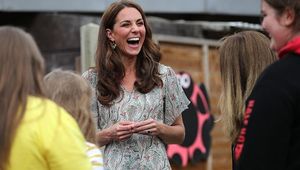
Comments